Home>Garden Essentials>What Kind Of Soil Mix For Milkweed


Garden Essentials
What Kind Of Soil Mix For Milkweed
Modified: March 15, 2024
Looking for the right soil mix for your milkweed garden? Discover the best garden soil mix to ensure healthy growth and blooming milkweed plants.
(Many of the links in this article redirect to a specific reviewed product. Your purchase of these products through affiliate links helps to generate commission for Storables.com, at no extra cost. Learn more)
Introduction
Growing milkweed in your garden is not only a beautiful addition but also a considerable contribution to the environment. Milkweed plants are a vital food source for monarch butterflies, playing a crucial role in their life cycle. If you want to attract these majestic creatures to your garden, it’s important to create a suitable environment for milkweed to flourish.
One of the key elements in providing the proper conditions for milkweed growth is the soil mix. Choosing the right soil mix for milkweed ensures that the plants receive the necessary nutrients and have optimal drainage for healthy root development. In this article, we will discuss the factors to consider when selecting a soil mix for milkweed, recommend the most suitable soil mix, provide tips for testing and maintaining the soil, and ultimately set you on the path to successfully cultivate milkweed in your garden.
Key Takeaways:
- Choose a well-draining soil mix with organic matter, balanced pH, and proper texture for healthy milkweed plants. Test and maintain the soil to create an ideal habitat for monarch butterflies.
- Regularly water, mulch, fertilize, and control weeds to maintain the soil mix and support thriving milkweed plants. Invest in soil health for a beautiful garden and happy monarch butterflies!
Read more: What Kind Of Sand To Use For Soil Mix
Factors to Consider When Choosing a Soil Mix for Milkweed
When it comes to selecting a soil mix for milkweed, there are a few critical factors to take into consideration. The right soil ensures that the plants receive adequate nutrients, water retention, and proper drainage. Here are the key factors to keep in mind:
- Drainage: Milkweed plants prefer well-draining soil to prevent waterlogging, which can lead to root rot. Avoid heavy clay soils that retain moisture for extended periods. Instead, opt for a soil mix that allows excess water to drain freely.
Nutrient Content: Milkweed requires nutrient-rich soil to thrive. Look for a soil mix that is high in organic matter, such as compost or well-rotted manure. These organic amendments not only provide essential nutrients but also improve soil structure. - pH Level: Milkweed plants prefer slightly acidic to neutral soil with a pH range between 6.0 and 7.5. Conduct a soil test to determine the pH level of your soil and choose a soil mix that aligns with the optimal pH range for milkweed.
- Texture: Milkweed grows best in a loamy soil mix that is well-balanced in terms of sand, silt, and clay content. A loamy soil retains enough moisture for the plants while allowing excess water to drain away.
By considering these factors, you can create an ideal soil mix that will provide the necessary conditions for milkweed to thrive. Next, we will explore the recommended soil mix for milkweed.
Recommended Soil Mix for Milkweed
Creating the perfect soil mix for milkweed is crucial for its growth and overall health. Here is a recommended soil mix that will provide the optimal conditions for milkweed plants:
- Garden Soil: Start with a good quality garden soil as the base of your mix. Make sure it is well-draining and free from weeds and pests.
- Compost: Add compost to the soil mix to improve its structure and provide essential nutrients. Compost also increases water retention capabilities, ensuring that the milkweed plants receive adequate moisture.
- Perlite or Vermiculite: To enhance drainage and prevent waterlogging, add perlite or vermiculite to the soil mix. These materials create air pockets, improving the overall aeration of the soil.
- Sand: Adding sand to the soil mix improves drainage in heavier soils. It helps prevent the soil from becoming compacted and allows excess water to flow away from the plant’s roots.
By combining these ingredients in the right proportions, you will create a well-balanced soil mix that provides the necessary nutrients, proper drainage, and moisture retention for milkweed plants.
It’s important to note that different species of milkweed may have slightly different soil requirements. Before making any amendments to the soil or creating a soil mix, research the specific needs of the milkweed species you are planning to grow.
A good soil mix for milkweed should be well-draining and loose, with a combination of potting soil, perlite, and sand. This will help prevent waterlogged roots and provide the right aeration for healthy plant growth.
Testing Your Soil Mix
Testing your soil mix is an essential step in ensuring that it provides the right conditions for milkweed plants to thrive. Here are a few methods to test the quality of your soil mix:
- pH Testing: Use a soil pH testing kit to determine the pH level of your soil mix. Ideally, the pH should be in the slightly acidic to neutral range of 6.0 to 7.5. Adjust the pH if needed by adding lime to raise the pH or sulfur to lower it.
- Moisture Test: Check the moisture content of your soil mix by conducting a moisture test. Take a handful of the soil mix and squeeze it. If it holds together and feels excessively wet, it may indicate poor drainage. If it falls apart and feels dry, it may lack moisture retention capabilities. Adjust the soil mix by adding more organic matter to improve its water retention or incorporating perlite to enhance drainage.
- Texture Analysis: Assess the texture of the soil mix by taking a handful and rubbing it between your fingers. A well-balanced soil mix should have a crumbly texture and not be excessively compacted. Adjust the texture if necessary by adding sand or organic matter to improve drainage and structure.
Regular testing of your soil mix throughout the growing season can help you monitor any changes and make adjustments as needed. This ensures that your milkweed plants have an optimal environment to thrive and attract monarch butterflies.
Additionally, it’s a good practice to periodically test the overall nutrient content of your soil mix. This can be done through laboratory soil testing or using home soil test kits. These tests will provide insights into any deficiencies or imbalances in the nutrient levels, allowing you to amend the soil mix accordingly.
By regularly testing your soil mix, you can make informed decisions about its composition and ensure that it provides the best conditions for growing healthy milkweed plants.
Maintaining the Soil Mix
Maintaining the soil mix is important to ensure the long-term health and productivity of your milkweed plants. Here are some key tips for maintaining the soil mix:
- Regular Watering: Milkweed plants require consistent moisture, especially during periods of active growth. Water the soil evenly and deeply, ensuring that the water reaches the root zone. Avoid overwatering, as it can lead to root rot. Monitor the moisture level regularly and adjust your watering schedule accordingly.
- Mulching: Apply a layer of organic mulch around the base of the milkweed plants to conserve moisture, suppress weed growth, and maintain a more stable soil temperature. Use organic materials such as wood chips, straw, or shredded leaves. Mulching also adds organic matter to the soil over time, contributing to its overall health.
- Fertilization: While milkweed plants generally do not require excessive fertilization, it is beneficial to provide them with some additional nutrients. Use a balanced organic fertilizer, following the manufacturer’s instructions. Apply fertilizer sparingly to avoid overfeeding the plants, which can result in excessive foliage growth at the expense of flower and seed production.
- Weed Control: Regularly remove any weeds that may compete with milkweed for nutrients and space. Weeds can also harbor pests and diseases that may affect the health of your milkweed plants.
- Rotation: If you are growing milkweed in containers or raised beds, consider rotating the plants every few years to prevent the build-up of pests or diseases in the soil.
By following these maintenance practices, you can ensure that the soil mix remains healthy and provides the necessary conditions for milkweed plants to thrive.
Lastly, periodically evaluate the condition of the soil mix. If it becomes compacted or depleted over time, consider adding organic matter or compost to rejuvenate it and improve its overall quality.
Remember, healthy soil is the foundation for healthy plants, so investing time and effort into maintaining the soil mix will yield beautiful and flourishing milkweed plants in your garden.
Read more: What Soil Mix For Succulents
Conclusion
Growing milkweed in your garden not only adds beauty and diversity but also supports the crucial role of providing a habitat for monarch butterflies. Choosing the right soil mix for milkweed is essential for the plants’ overall health and growth.
When selecting a soil mix, consider factors such as drainage, nutrient content, pH level, and texture. A well-draining soil mix with adequate organic matter, balanced pH, and proper texture is ideal for milkweed plants.
Testing the soil mix and periodically monitoring its quality allows you to make necessary adjustments to ensure optimal conditions. Conducting pH tests, checking moisture content, and assessing the texture provide valuable insights into the soil’s composition and health.
Maintaining the soil mix involves regular watering, mulching, appropriate fertilization, weed control, and rotation. These practices contribute to the long-term health and productivity of your milkweed plants.
By taking the time to choose the right soil mix and properly maintaining it, you can create an environment that supports healthy milkweed growth and attracts monarch butterflies to your garden. Enjoy the beauty of these stunning creatures as they flutter among your milkweed plants, knowing that you are playing a vital role in their conservation.
So go ahead, prepare the perfect soil mix, plant your milkweed, and create a thriving habitat for monarch butterflies in your garden!
Frequently Asked Questions about What Kind Of Soil Mix For Milkweed
Was this page helpful?
At Storables.com, we guarantee accurate and reliable information. Our content, validated by Expert Board Contributors, is crafted following stringent Editorial Policies. We're committed to providing you with well-researched, expert-backed insights for all your informational needs.
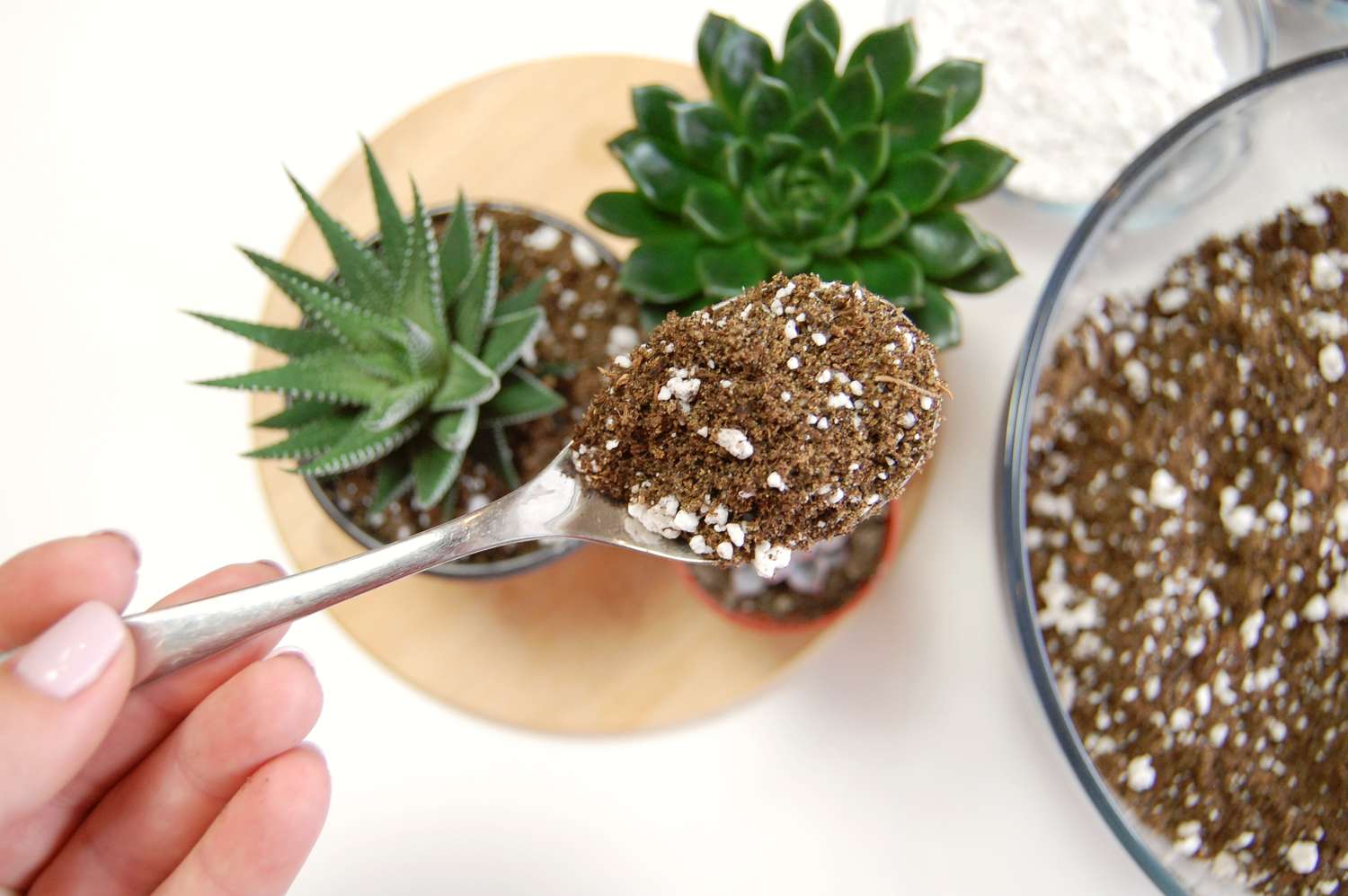
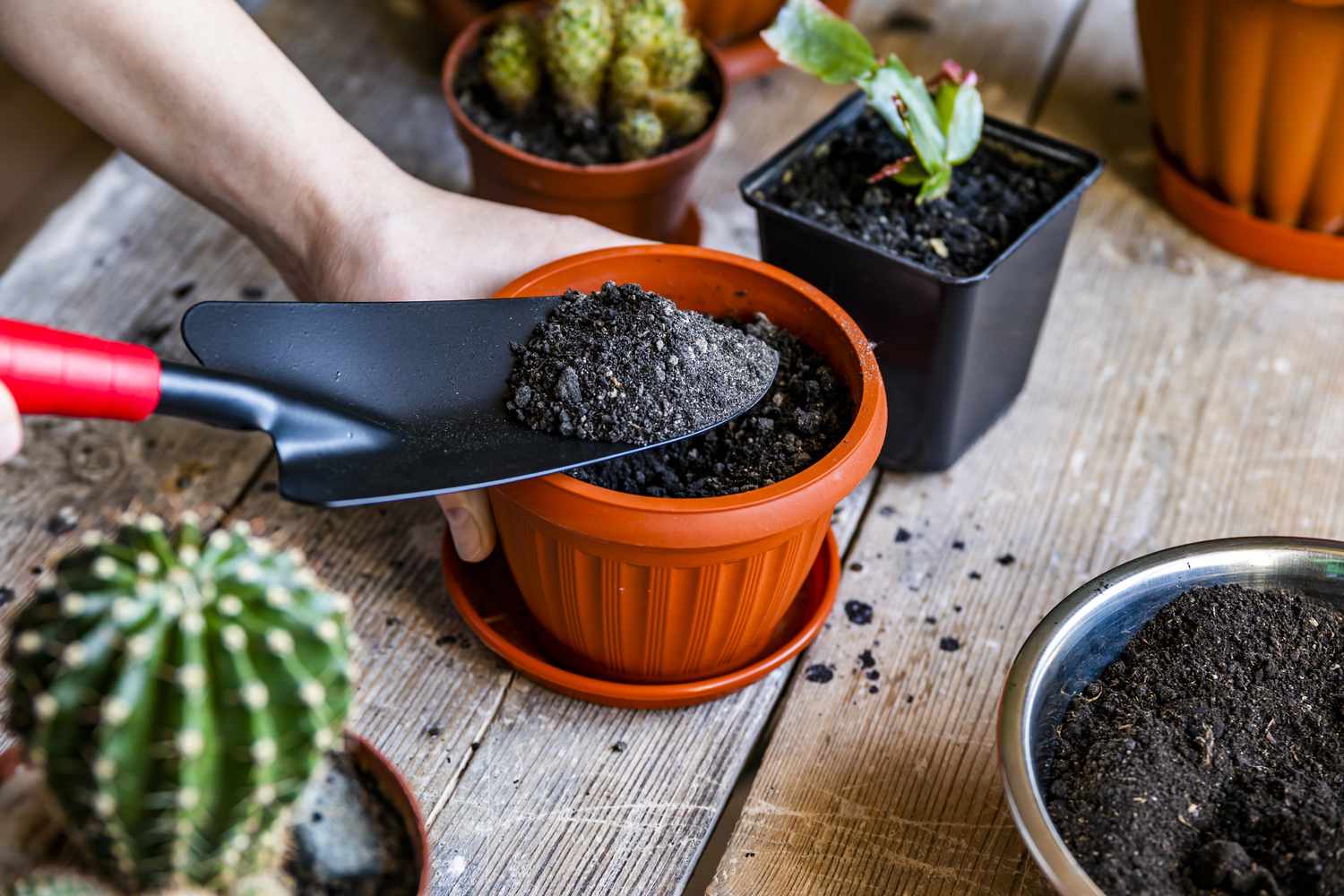
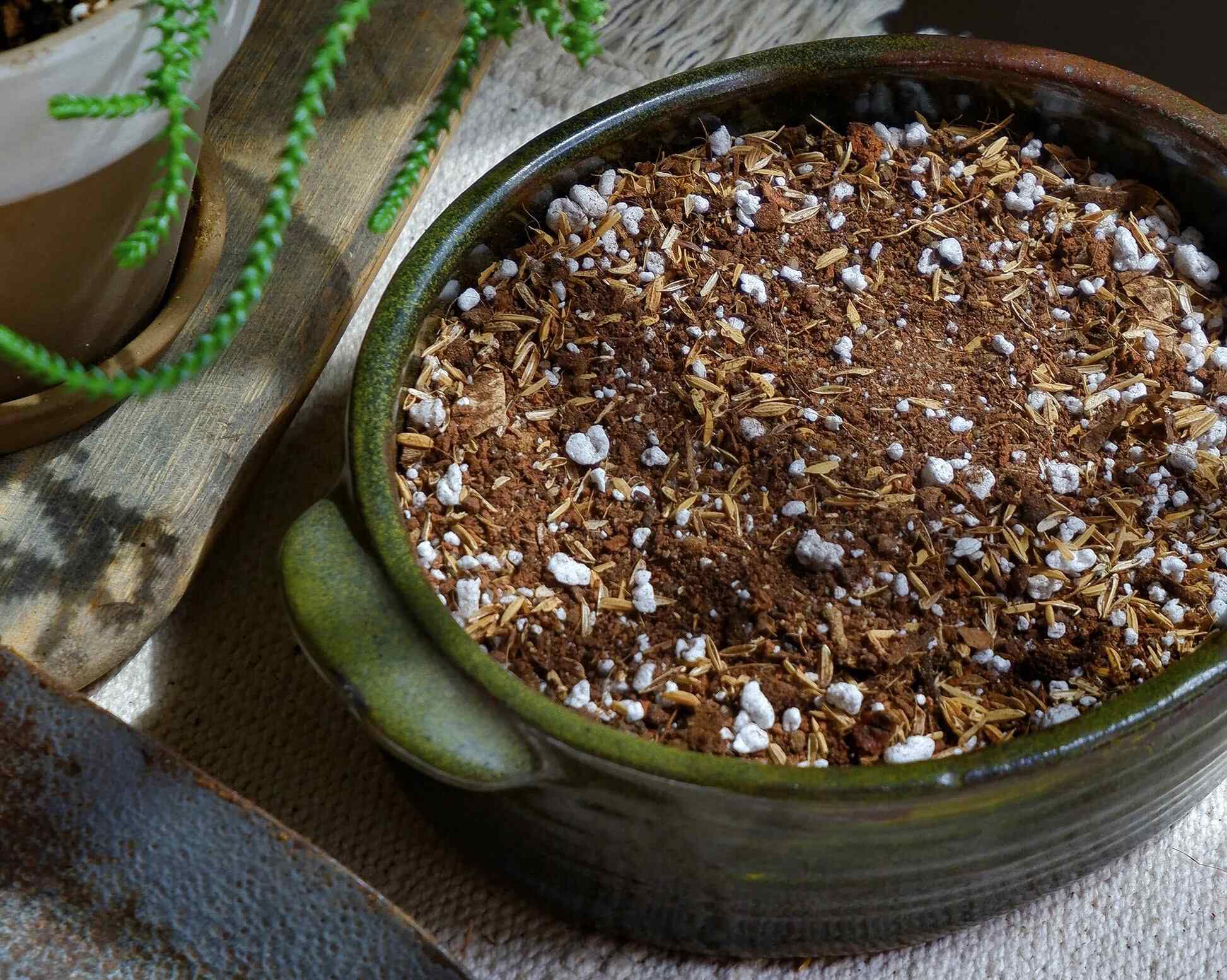
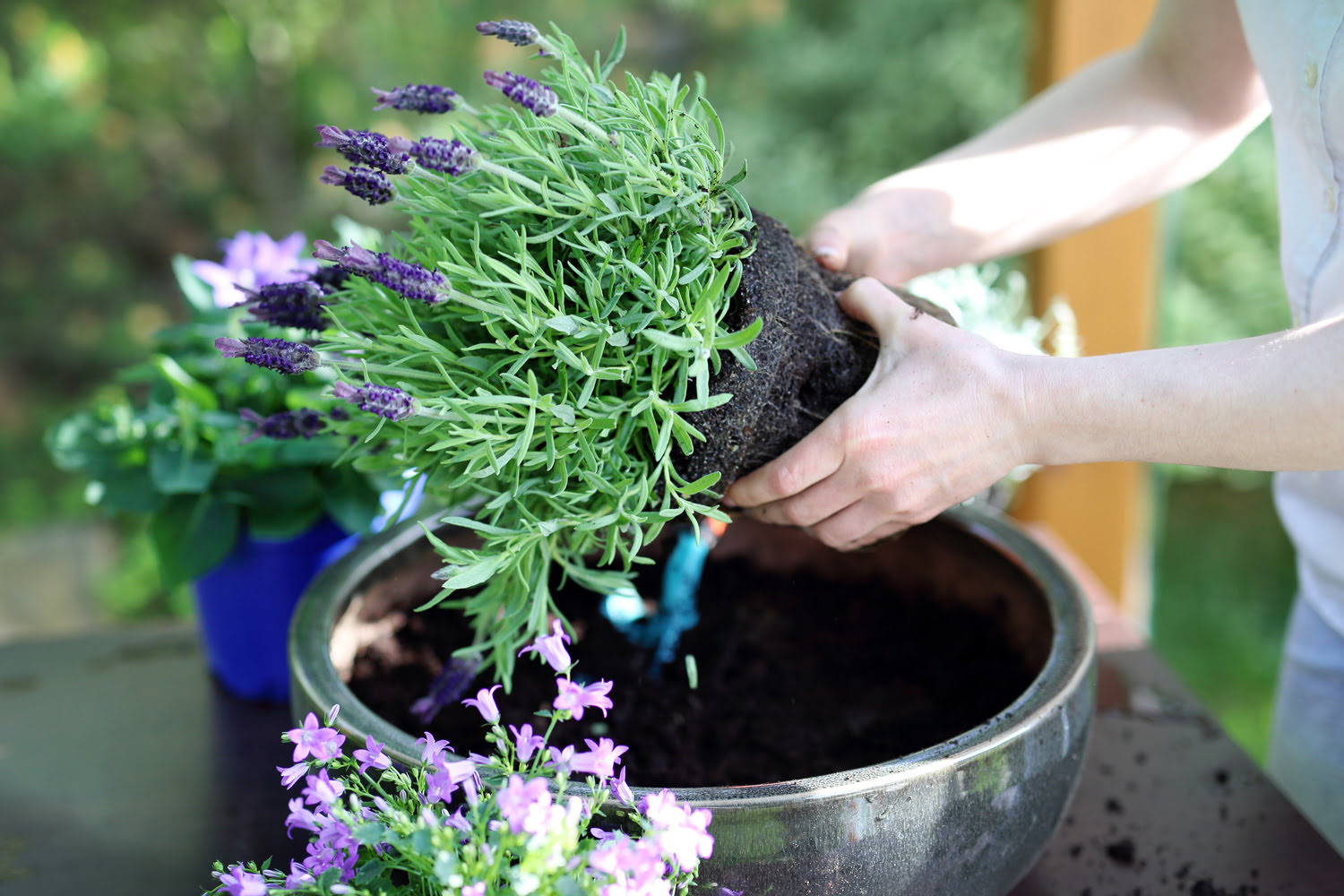
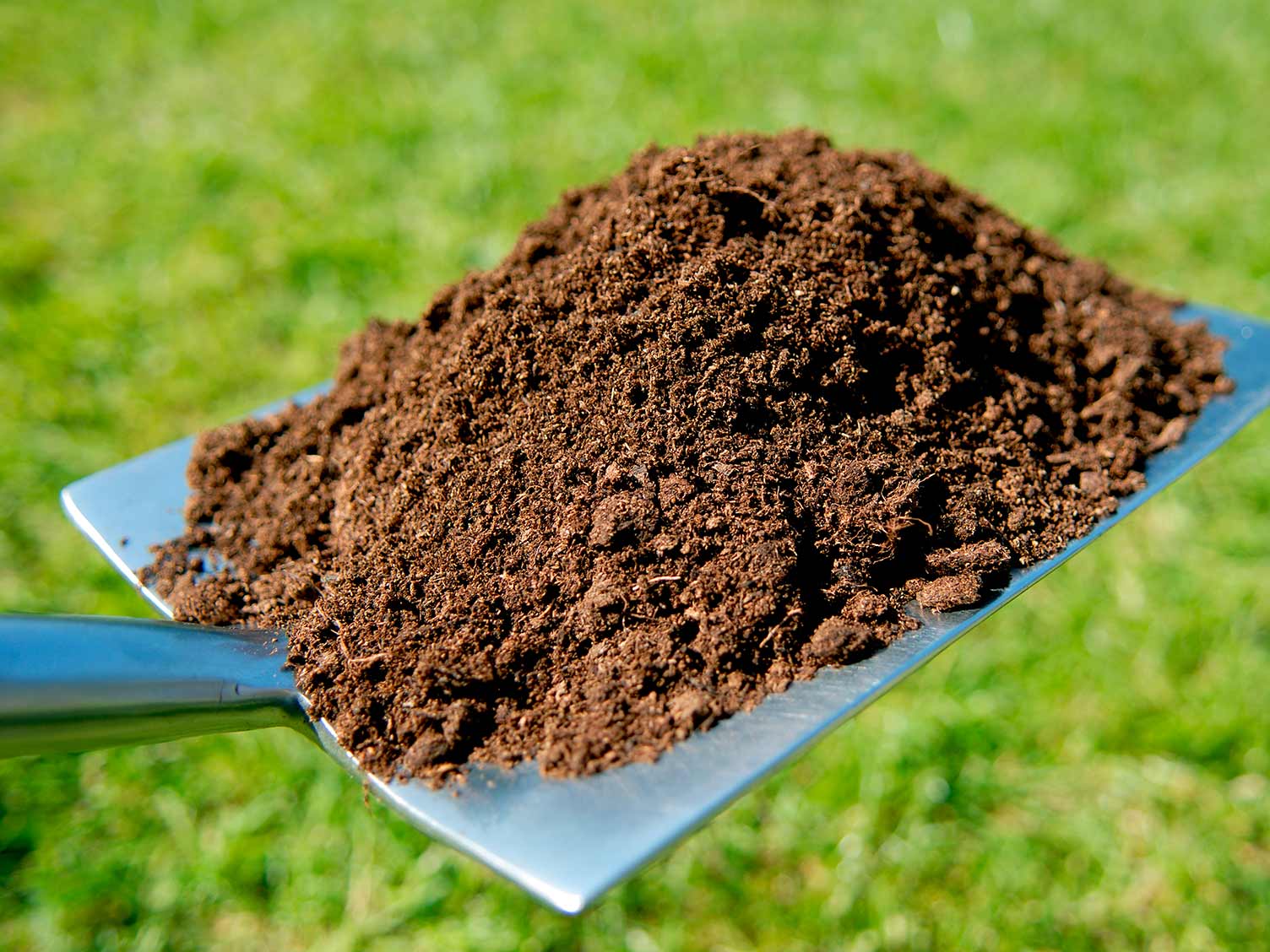
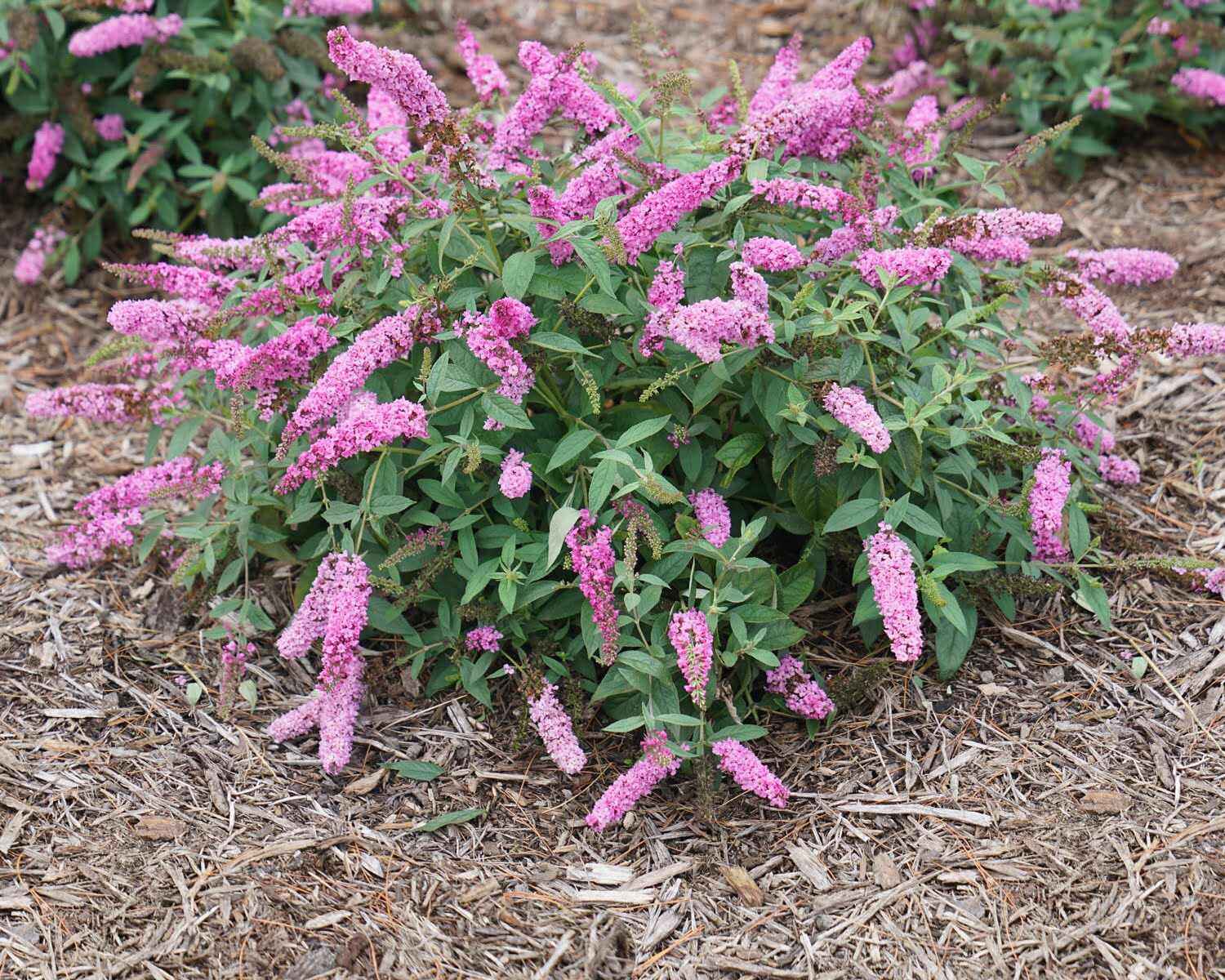
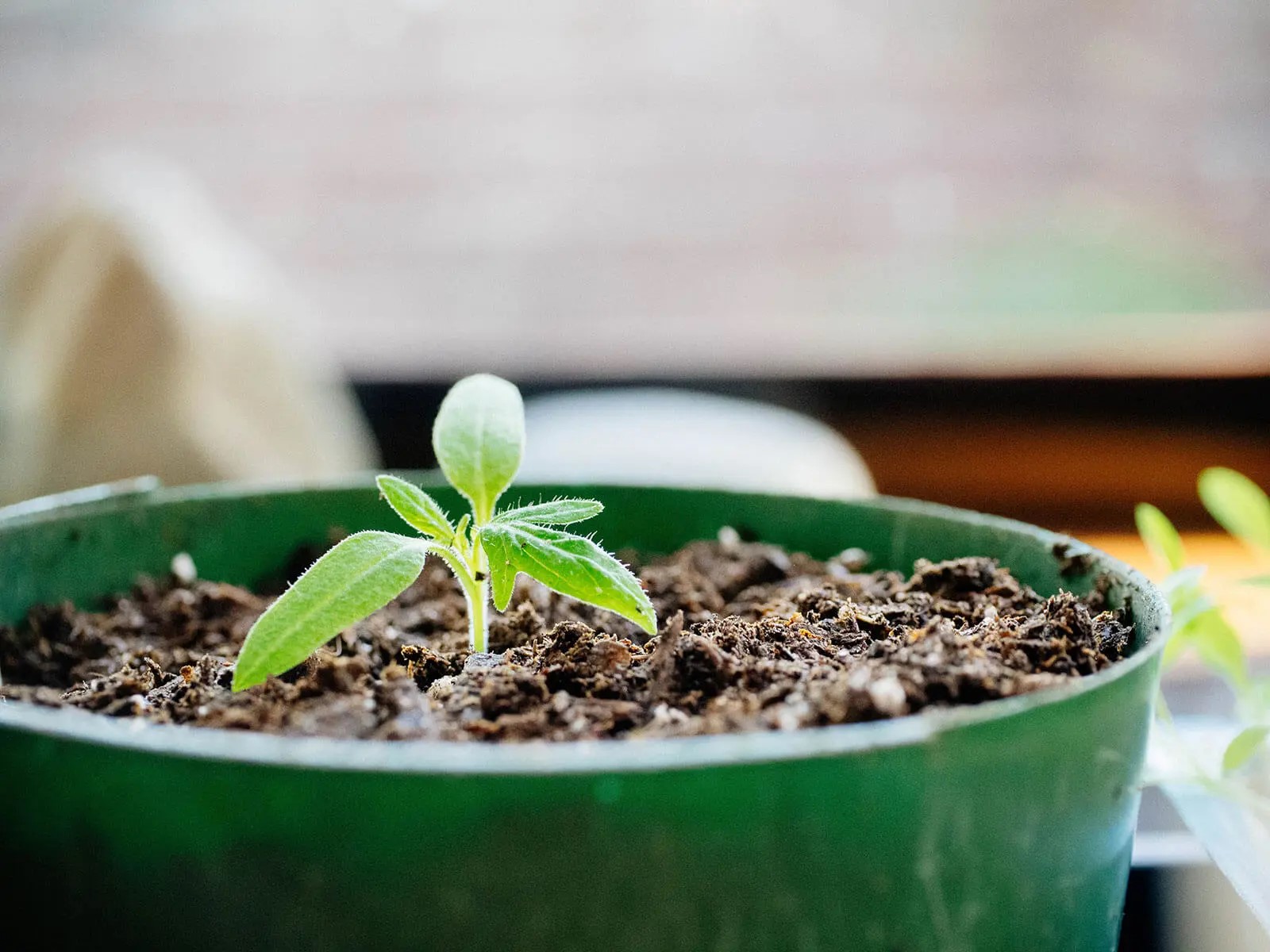
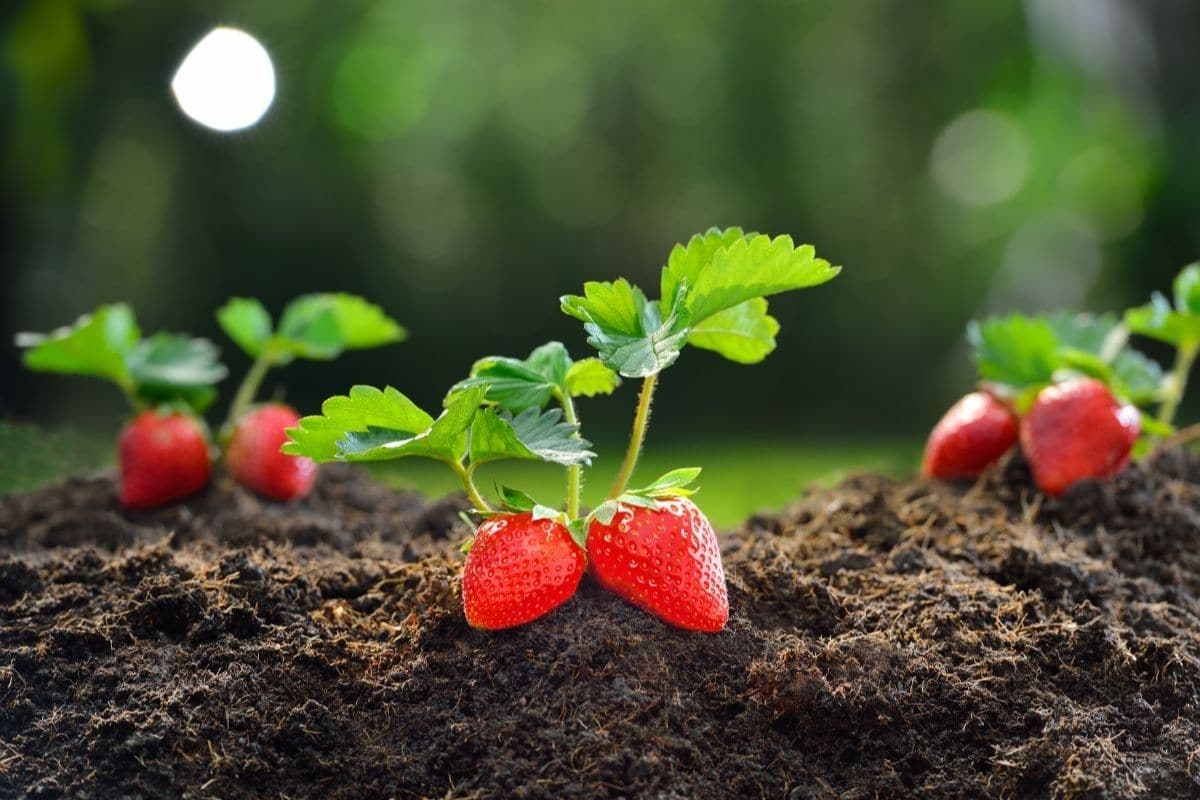
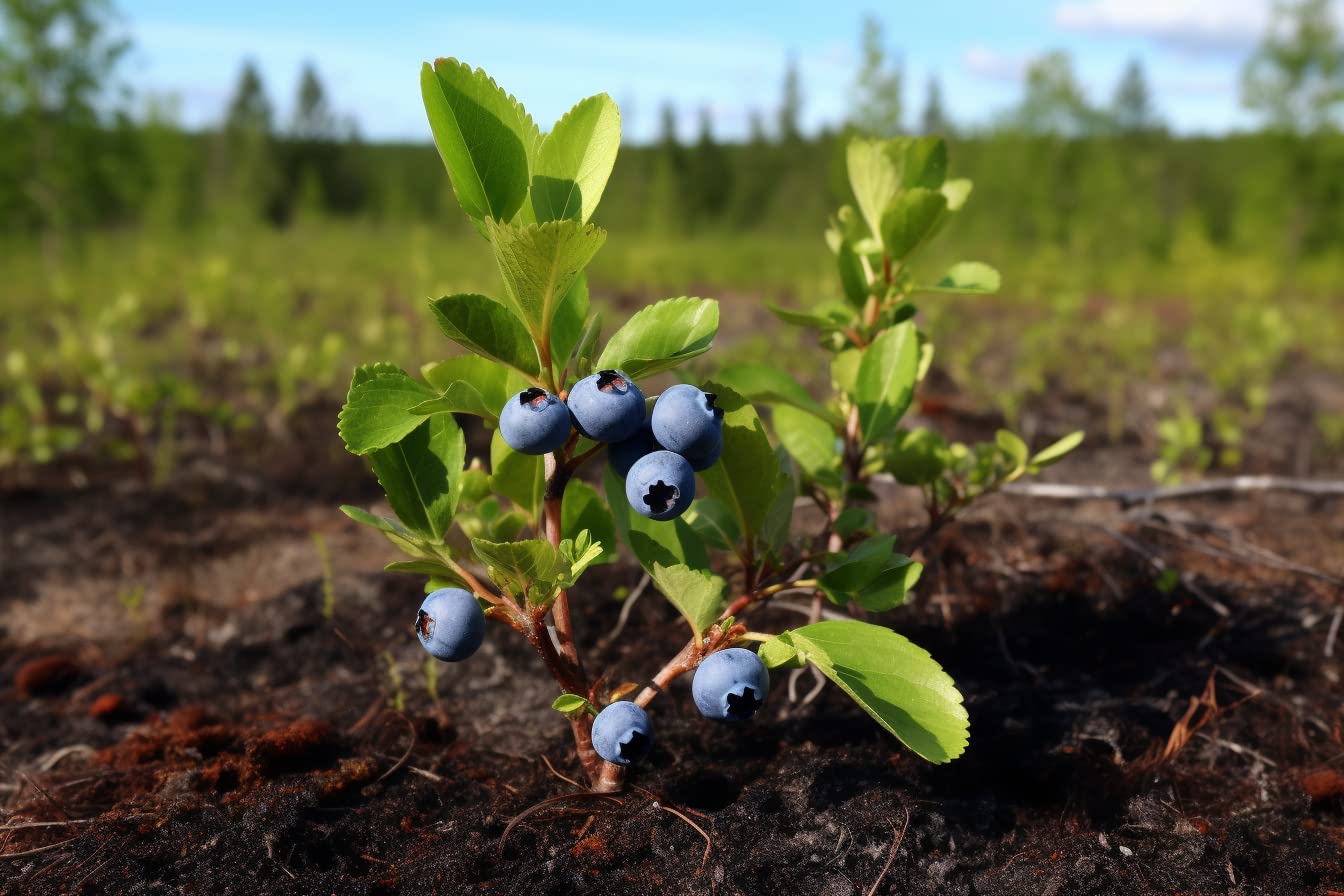

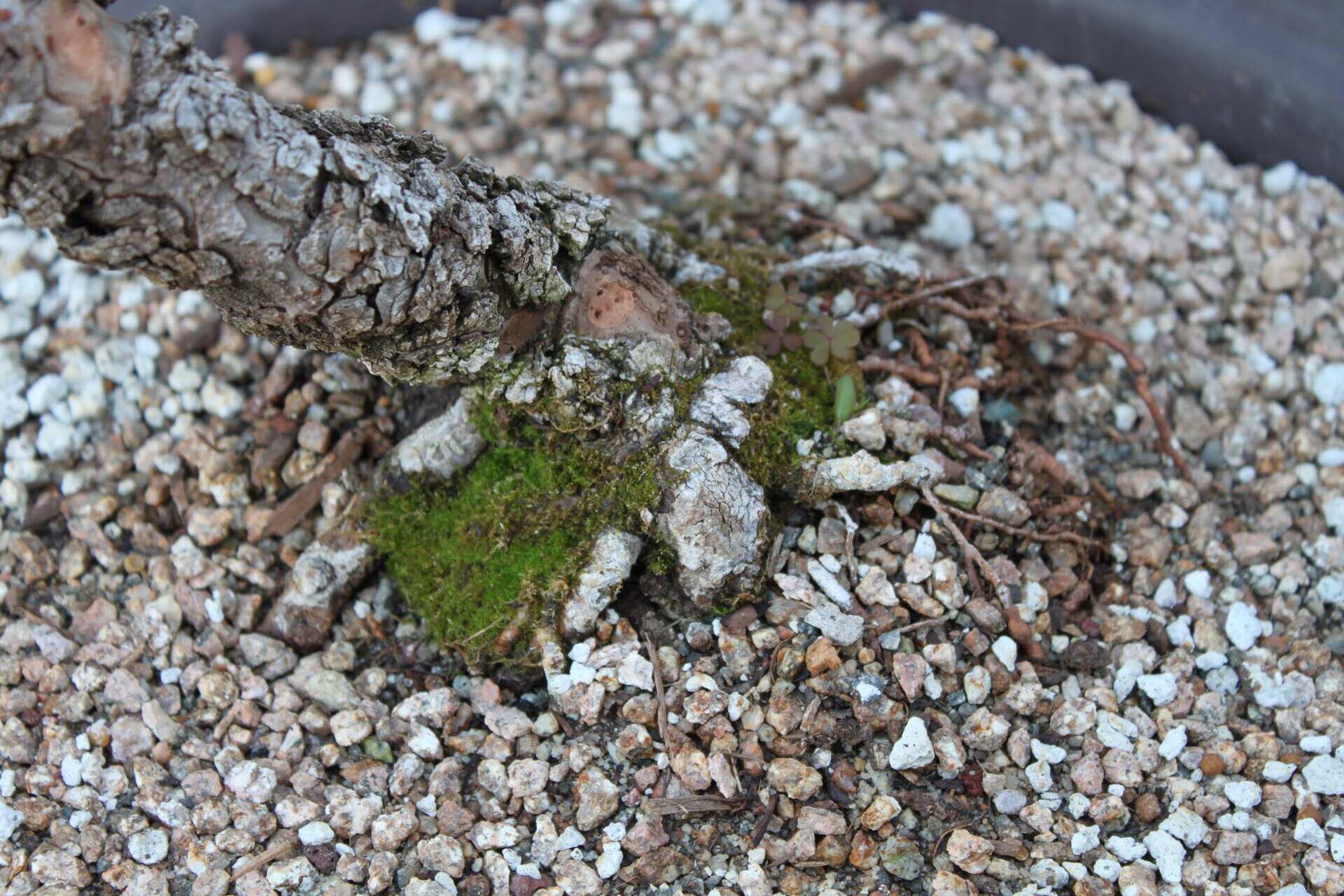
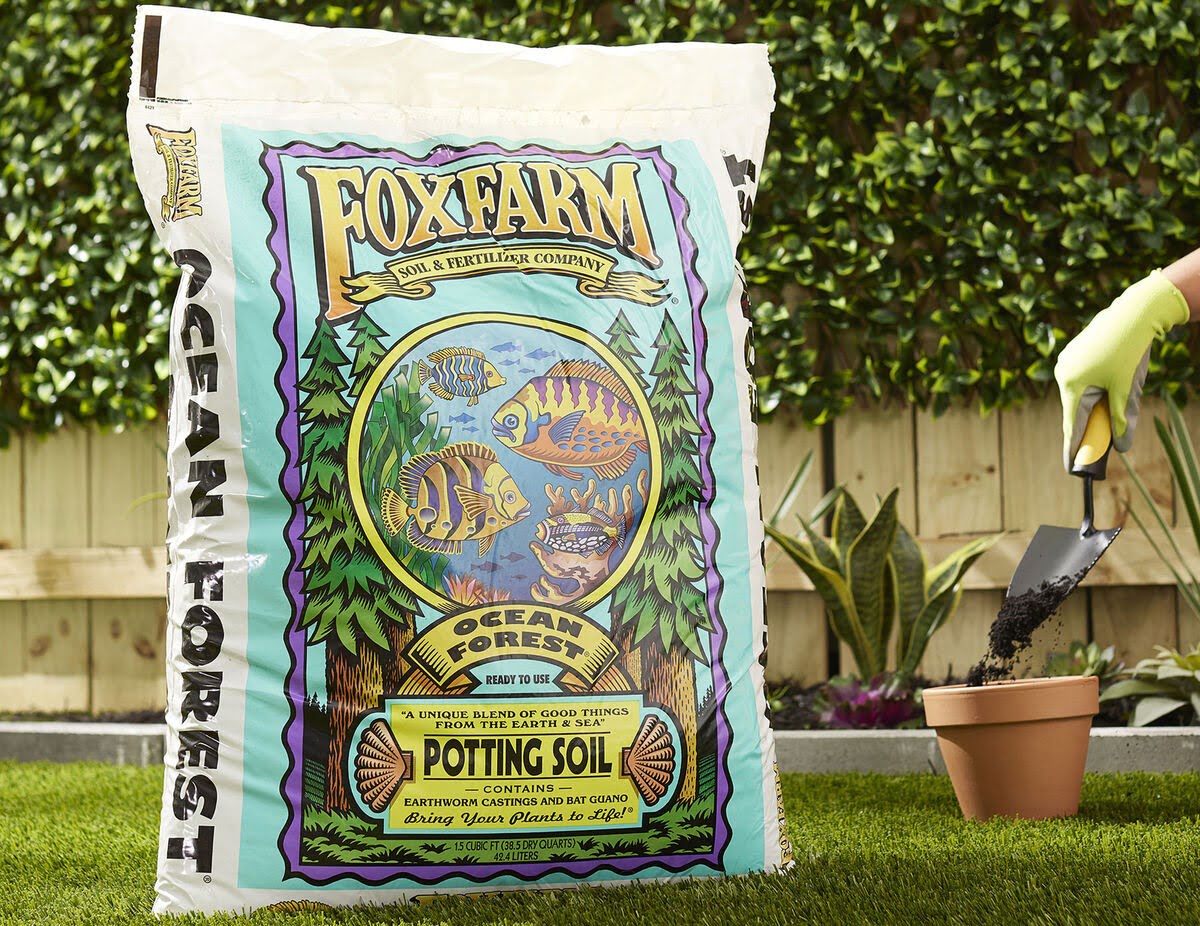
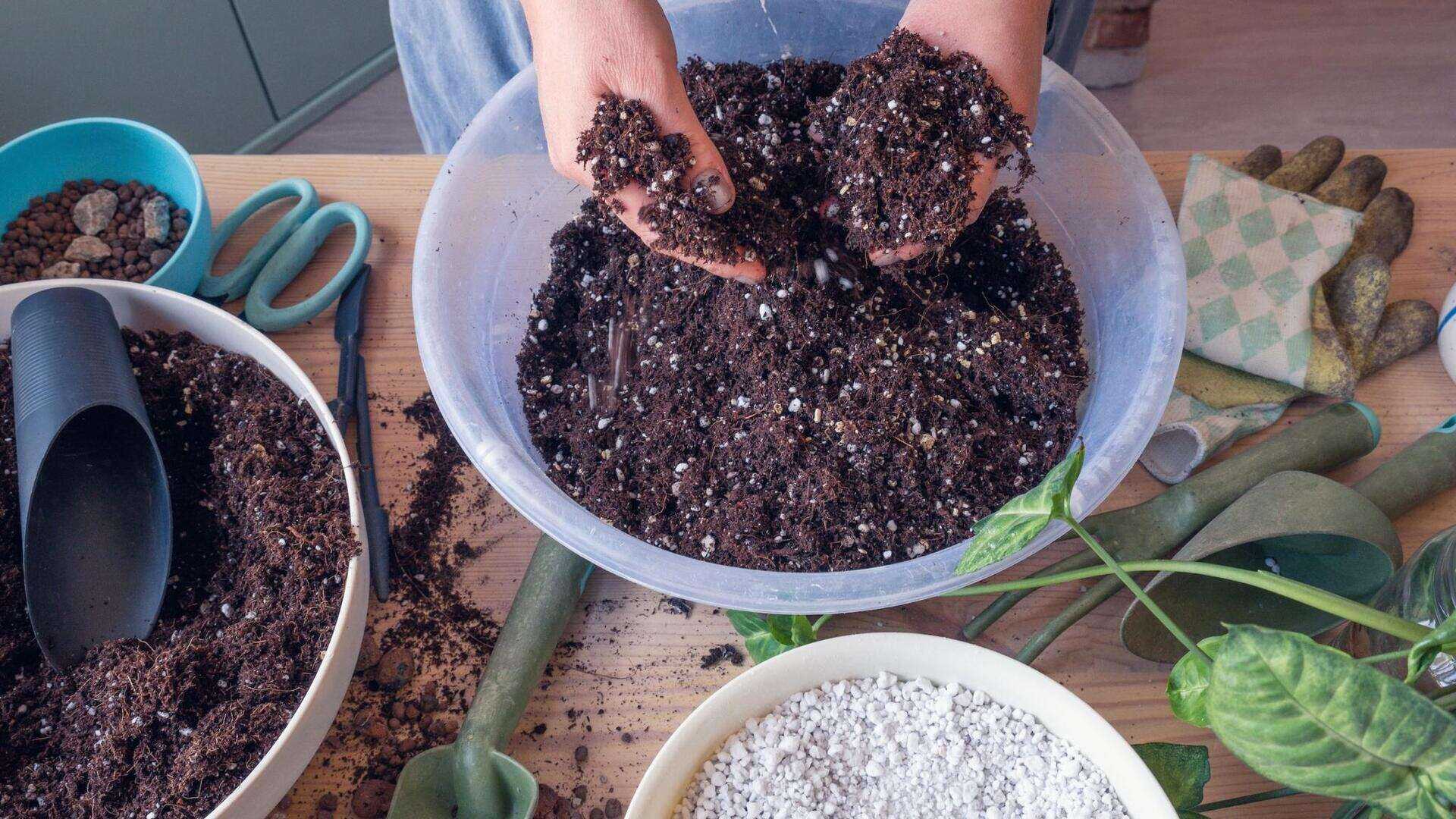
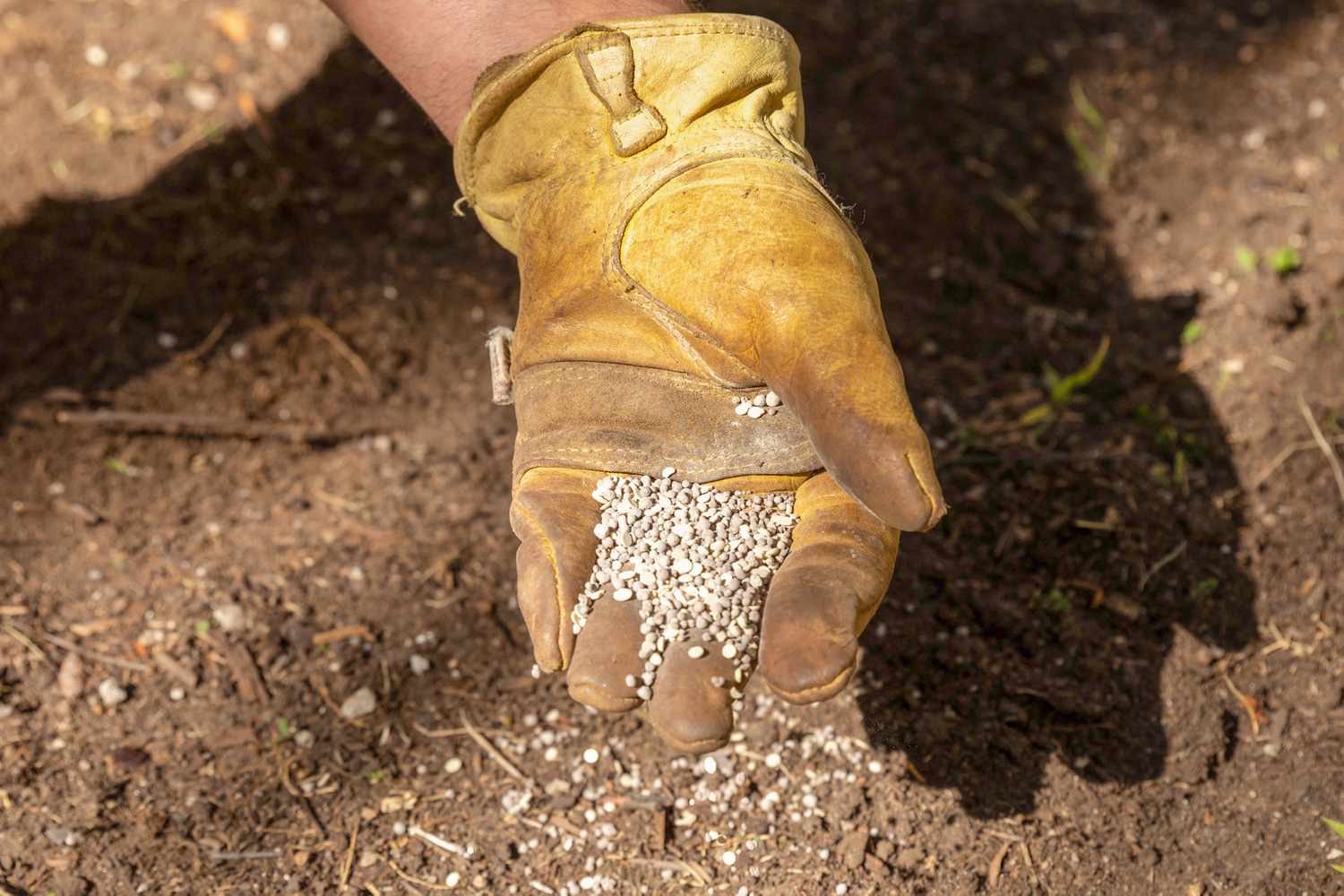

0 thoughts on “What Kind Of Soil Mix For Milkweed”